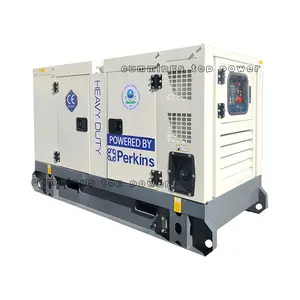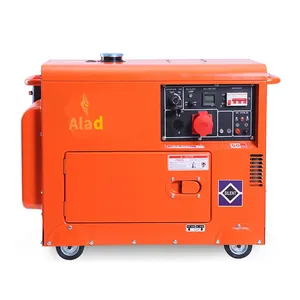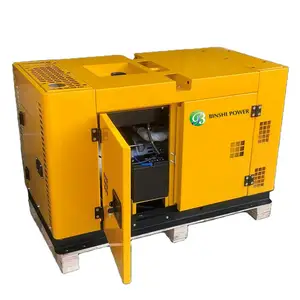Popular in your industry




















































Related Searches:











































































































Top categories
About battery power converter
Introduction
In today's digital age, our lives are deeply intertwined with various gadgets and their batteries. However, the intricacies of these power sources often remain a mystery. This article aims to demystify the world of battery power converters, devices that transform power to charge batteries and enable the use of outlets in mobile setups. We will explore different types of converters, their working principles, and how they can help maximize your gadget's lifespan. Furthermore, we will guide you on selecting the right converter, its proper usage, maintenance, and troubleshooting common issues. This comprehensive guide is designed to empower you to make informed decisions about your gadget's power needs and ensure its longevity.
Understanding Battery Power Converters
Battery power converters, often referred to as inverters or converters, are essential for transforming DC power to AC power and vice versa. They play a crucial role in charging batteries and utilizing 110V outlets in mobile setups like RVs and boats. The term 'converter' typically refers to an AC to DC converter (or a battery charger), while 'inverter' refers to the process of changing DC power to AC power. These devices are integral to battery systems, enabling the conversion of battery power into usable energy for various applications.
Types of Battery Power Converters
There are three main types of power converters: inverters, AC to DC converters, and DC to DC converters. Inverters transform DC power to AC power, making it possible to use battery power for common household devices. AC to DC converters, also known as battery chargers, convert AC power to DC power to charge batteries. Lastly, DC to DC converters adjust the voltage of DC power, useful when the battery voltage is too high or too low for the device it's powering.
How Battery Power Converters Work
Battery power converters, including inverters and chargers, play a crucial role in transforming DC power to AC power and vice versa. Inverters work by generating an AC waveform from DC power, rapidly switching the direction of DC input between positive and negative. Once converted, the power runs through a transformer that changes the voltage to the desired output. On the other hand, battery chargers, or AC to DC converters, rectify and filter the electricity to remove all AC components, limiting the current and voltage to avoid overcharging the battery.
Maximizing Your Gadget's Lifespan
Maximizing your gadget's lifespan involves understanding and managing its battery life. Battery life refers to the time your device runs before needing a recharge, while battery lifespan is the time your battery lasts until it needs replacement. To extend both, adjust your screen brightness, use Wi-Fi instead of cellular data, and enable Low Power Mode when your battery level is low. This mode reduces display brightness, optimizes device performance, and minimizes system animations. It's also crucial to avoid exposing your device to temperatures higher than 95° F (35° C), which can permanently damage battery capacity.
Choosing the Right Power Converter for Your Gadget
Choosing the right power converter for your gadget depends on your vehicle and the devices you plan to power. For small devices like phones or laptops, a 400-watt inverter is usually sufficient. However, for larger devices and power tools, you may need an inverter designed for more energy consumption. Remember, the energy needs of substantial tools can quickly outpace the ability of your vehicle battery. Therefore, if you plan to use an inverter for power tools or other energy-intensive equipment, consider using deep cycle batteries that provide power for long periods and can be recharged frequently.
Proper Usage of Power Converters
Proper usage of power converters is crucial for the safety of your gadgets. The key difference between an adapter and a converter is electricity. An adapter helps the plugs on your electronics fit into foreign outlets, while a converter changes the voltage found in an outlet to match that of your devices. The type of converter you need depends on the voltage of your device. Single-voltage items typically need a converter, while dual- or multi-voltage electronics usually only require an adapter. Always check the labels on your appliances and chargers for their specific requirements.
Maintenance Tips for Power Converters
Maintaining your power converter is crucial for its longevity. Regular inspection and cleaning can prevent issues caused by dust, dirt, or other debris. Check for exposure to excess humidity or overheating. Loose wiring is another common cause of converter failure, so examine the connecting wires for frayed or loose cables. Regular maintenance can reduce the risk of costly repairs and ensure your converter operates efficiently.
Troubleshooting Common Power Converter Issues
Troubleshooting common power converter issues involves several steps. First, check the converter's output and input voltage. Look for signs of electrical system and component failures in standard mobile setups like RVs and motorhomes.
Recognizing Signs of Power Converter Failure
Recognizing signs of a failing power converter is crucial. Common warning signs include cooling fan, internal vents, or interior lights not working properly. Abnormal flickering or dimming of lights on the dashboard or around the gadget could also indicate converter problems. Lastly, if your gadget's onboard batteries can't hold a charge, the culprit is often the battery or the converter.
Steps to Fix Common Issues
Troubleshooting a faulty power converter involves several steps. First, check the fuses and breaker for the converter. If these are fine, test the converter's function. If the breaker trips with the converter unplugged, it suggests a wiring issue. If it trips once the converter is plugged back in, the converter might be the problem. The converter should have 110 volt AC power running to it and should output 11-13 volts DC. If the converter has power running to it but no power or low power readings leaving the converter, it's likely faulty.
When to Seek Professional Help
Building, maintaining, and diagnosing electrical systems can be dangerous if done improperly. If you do not trust your ability to safely go about troubleshooting, take your equipment to a local technician for a diagnostic appointment. An overheating converter will stop working quickly if the cause of the overheating is not addressed. If the fan remains off and the converter begins to feel hot to the touch, then this could be the cause of your DC power problems.
Conclusion
Understanding and managing your gadget's power needs is crucial for maximizing its lifespan. Battery power converters play a significant role in this process, transforming power to charge batteries and enabling the use of various applications. Choosing the right converter, using it properly, and maintaining it regularly can ensure its efficiency and longevity. Recognizing signs of converter failure and knowing how to troubleshoot common issues can save you from costly repairs. However, when in doubt, seeking professional help is always the safest option. By being informed and proactive, you can ensure your gadget's power needs are met, extending its life and enhancing its performance.






















































































